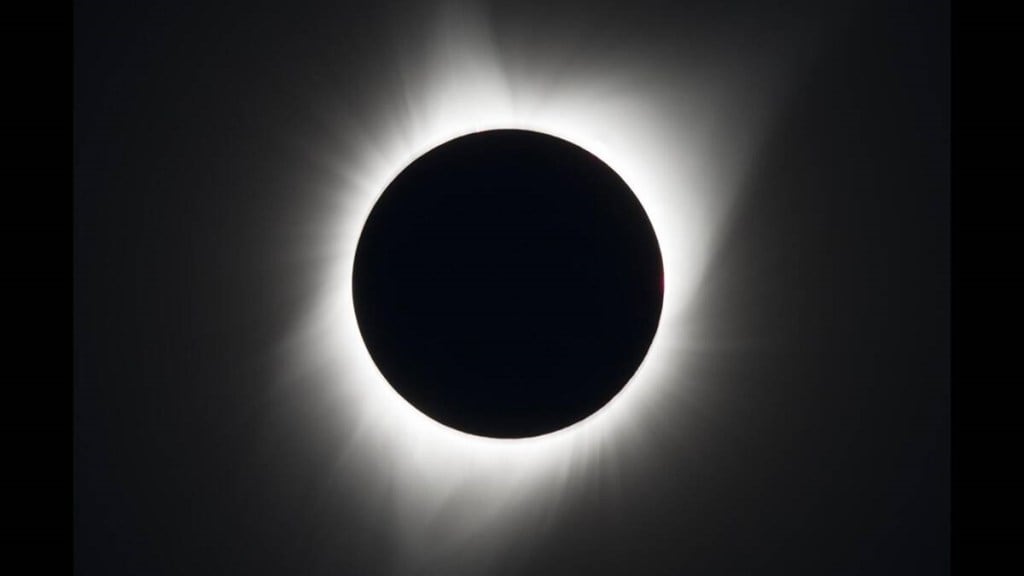2023 has started and it will be a fantastic year for all the stargazers out there. It is expected that some of the brightest planets in our solar system will have a close encounter with one another, and we will get to experience a solar eclipse and even some meteoroid showers.
Get ready with your telescopes as we will experience these celestial events which will happen this year.
Here are some of the important stargazing events that one should now miss, this year:
January 22: Venus will meet Saturn
Venus is considered one of the brightest planets in our solar system. Well, it seems like it will become easier to spot it as it will climb even higher every evening. Whereas Saturn, which started off the year higher in the sky, will drop closer to the horizon.
On January 22, both the planets – Venus and Saturn will pass by one another with only half a degree gap between them. Whereas, on the next night, the planetary pair will be joined by a crescent moon.
March 1: Brightest planets will meet
Venus and Jupiter will slowly meet over the next few months and will be the closest on March 1. Passing across each other at half a degree, both the disk-shaped orbs will be close enough to observe in the same field, even by using a small telescope.
April 20: Rare hybrid solar eclipse of the sun
During this event, the dark shadow cone of the moon, called the umbra, will merely scrape the surface of the Earth. This will be the first solar eclipse of 2023.
August 12: Perseid meteor shower
This particular meteor show is considered one of the most famous of all meteor showers.
The Perseid never fails to provide an impressive display as since showers come in summer, it usually is seen by non-astronomy enthusiasts. These meteoroids are not even bigger than sand grains or pebbles. They appear fast and bright and leave persistent trains.
August 30: Biggest Full Moon of 2023
This event is usually referred to as a “Supermoon”. This event happens when the moon is at the closest point to the Earth.
October 14: Partial solar eclipse
It is anticipated that the sun, moon and Earth will all be aligned on this day. Soon, the partial solar eclipse will turn into an annular eclipse for a few moments. An annular eclipse takes place when the Moon covers the Sun’s centre leaving behind the Sun’s visible outer edges to a
December 13: Geminid Meteor Shower
It is expected that this event will last for a period of two days when the meteor show will be at its peak. At least, one or two meteors per minute may strike into the view.
During this event, the moon is absent from the sky and the meteors appear to emanate from near the star castor, in Gemini which usually passes around 2 am in night.
This event is for those people who can stay awake the whole night.
Keep in mind that the above-mentioned dates can vary.

